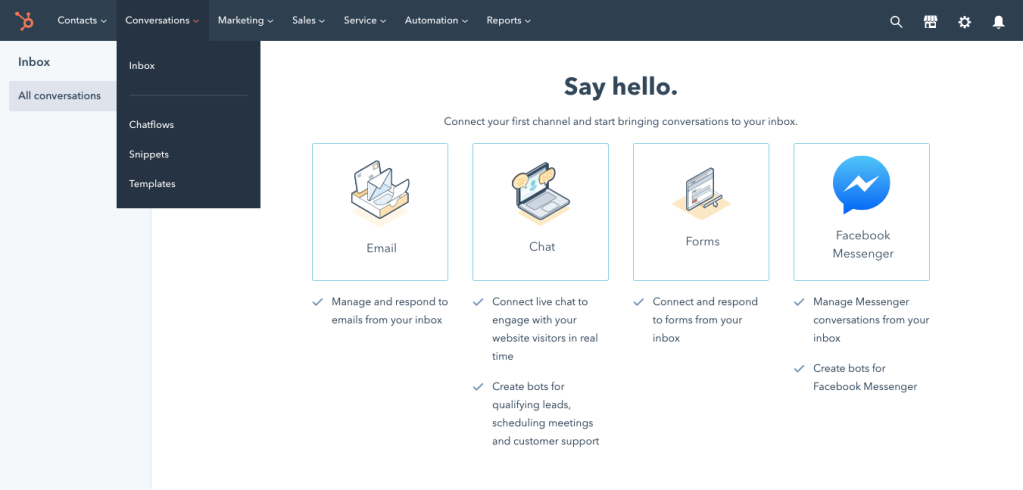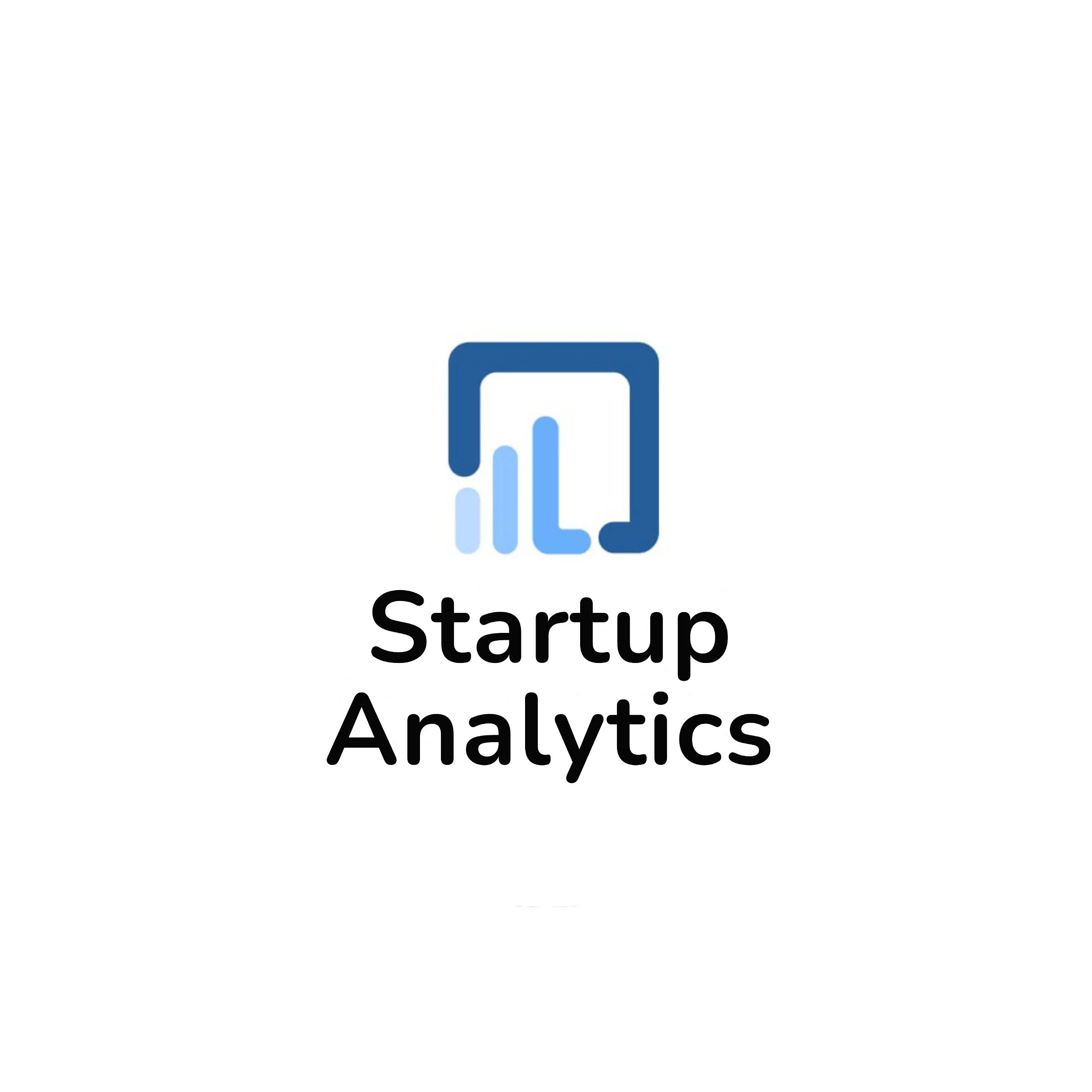“CEOs that build their organisation’s processes, technology and culture around the experience buyers want and value outperform their peers. That starts by aligning sales and marketing, not by resolving differences between them, but by resolving differences between them and the buyer.”
Christine Crandell
One of the most underrated functions but probably the most important one is sales and marketing. This is something I realized when I was exposed as an intern with the Xbox team at Microsoft. Even so didn’t quite understand for quite some time since I started working in startups.
The typical tech/research background founders completely discount this aspect of the business. It is to the extent that plenty of them happen to get the market wrong or fail to build a sustainable distribution for the business to allow it to take off.
Every business is essentially a product and distribution game. Building the product is engineering, research, and product management. Moreover getting it to consumers or businesses which is a sales and marketing combo. The latter is as important because without a viable strategy and execution, it’s like having a car with no wheels, you are not getting anywhere.
Sales Vs Marketing
For the absolute noobs, sales and marketing are similar, when in reality, they are both supposed to serve different purposes. In layman’s terms, marketing pertains to brand, positioning, pricing and channels. It’s inbound in the sense to getting leads or potential customers to reach out to the business to query about the product/service.
Sales is more outbound oriented. In some cases, you might be calling up and trying to convince customers to purchase something. It is also the process of getting these leads/prospects to get final conversions or deals. Anyone visiting your site can be a potential lead. The process of getting these people to commit and buy something is sales.
Why the need for a Stack?
The engineering or development cycle is now fairly mature and has plenty of tools. It both aids and tracks the efficiency of the process of building products, maintaining them etc. Tools like Version Control (Github), project management (Trello/Asana/Jira), and IDE are ubiquitous across engineering teams.
Besides these, you have the actual stack in terms of databases, backend language/framework, frontend framework and machine learning libraries. Similarly, designers rely on Figma and other design tools. Product managers might be using wire-framing tools like Balsamiq over the others mentioned above.
Similarly, sales and marketing are supposed to have a stack to help organise and streamline their operations. Excel is used as the de facto tool for all business functions. However, the increasing complexity of marketing operations and startup sales funnels has resulted in the need for a more well-thought-through approach.
Tool Kit
- Ad Networks: Google Ads, FB Ads and so on.
- Tracking Tools: Google Analytics, Hotjar
- Email Marketing Automation: Mailchimp
- Specialised Products: Re-Targeting Softwares(Perfect Audience), Referral Management
- CRMs: Hubspot, Zoho
The modern-day, marketing function is more science and analytical-oriented than the Mad Men days of creative-driven operations. While lots of traditional brick-and-mortar businesses still operate with traditional paradigms of brand building etc. SAAS and cloud-based startup products have their distribution on the web and need a more numbers-driven approach. At least in the early days, your marketing priority needs to be numbers-driven to get a sense of CAC which is one of the most important SAAS metrics.
To be able to compute this number accurately and further optimise it going forward, not only will we need to track everything accurately but also attribute results aka sales accurately to leads and leads to marketing campaigns.
Why a CRM?
A small startup might just have one person doing the entire lifecycle of marketing from lead gens to maintaining different accounts and finally building and optimising the startup sales funnel. All of this is not possible without centralising the operations through a CRM by tracking and keeping all data there and using other tools such as satellite it. Even with multiple team members, centralised data has its own needs. CRM is a database for sales and marketing folks with a UI/UX layer.

As a data scientist, I cannot emphasise the need for a centralised data lake and maintaining its quality. This is paramount for getting engineering right and there is no need why sales and marketing to be any different, which as far as I believe is slowly becoming part of the engineering division.
CRM Overview
I will be using Hubspot to give a walkthrough but this is largely true for any CRM. The relative difference between them and pro cons is a lot more nuanced decisions which need the size of startup, domain etc to be able to make a more deliberated decision. This is a great tool for startup sales and marketing.
Contacts

This is the central operation and is a repository of all your customers and gives you the ability to track and manage them. Add and edit the basic details which can be thought of as the key to your dictionary.
Marketing Automation

You can also your system to Google Ads and other networks. This is key to be able to organise your campaigns by tracking the users you are hitting. Ad networks are not that straight forward and you need to track and re-target engaged users to be able to finally convert them.
The ability to run, email campaigns from CRM itself allows you not to maintain separate accounts like Mailchimp which unfortunately are quite limited in functionality.
Notes & Documentation
The other major learning about sales has been how it’s a series of engagements and not a one-meeting event. This requires the need to keep track of different leads, their objections or concerns and how they are being addressed and tracked as we go.
I haven’t set it up in my case but for a B2B-oriented firm, this is necessary and the ability to track conversations and pick up context from last meetings is pivotal. A good documentation culture goes a long way in preventing re-work and channelling efforts better. This saves time and brings effectiveness.

Having this centralised data, allows you to constantly monitor and track data better. The bird’s eye view is necessary to keep the marketing humming. Needless to say, a good CRM gives access to lots of data and this can be used to build automation workflows to speed things up. This will in turn help you optimize startup sales and marketing.

Resources
There are a bunch of other videos and content emphasising the need for startup sales and marketing and I found the following useful. More so, the post was inspired by the webinar from Hubspot.
